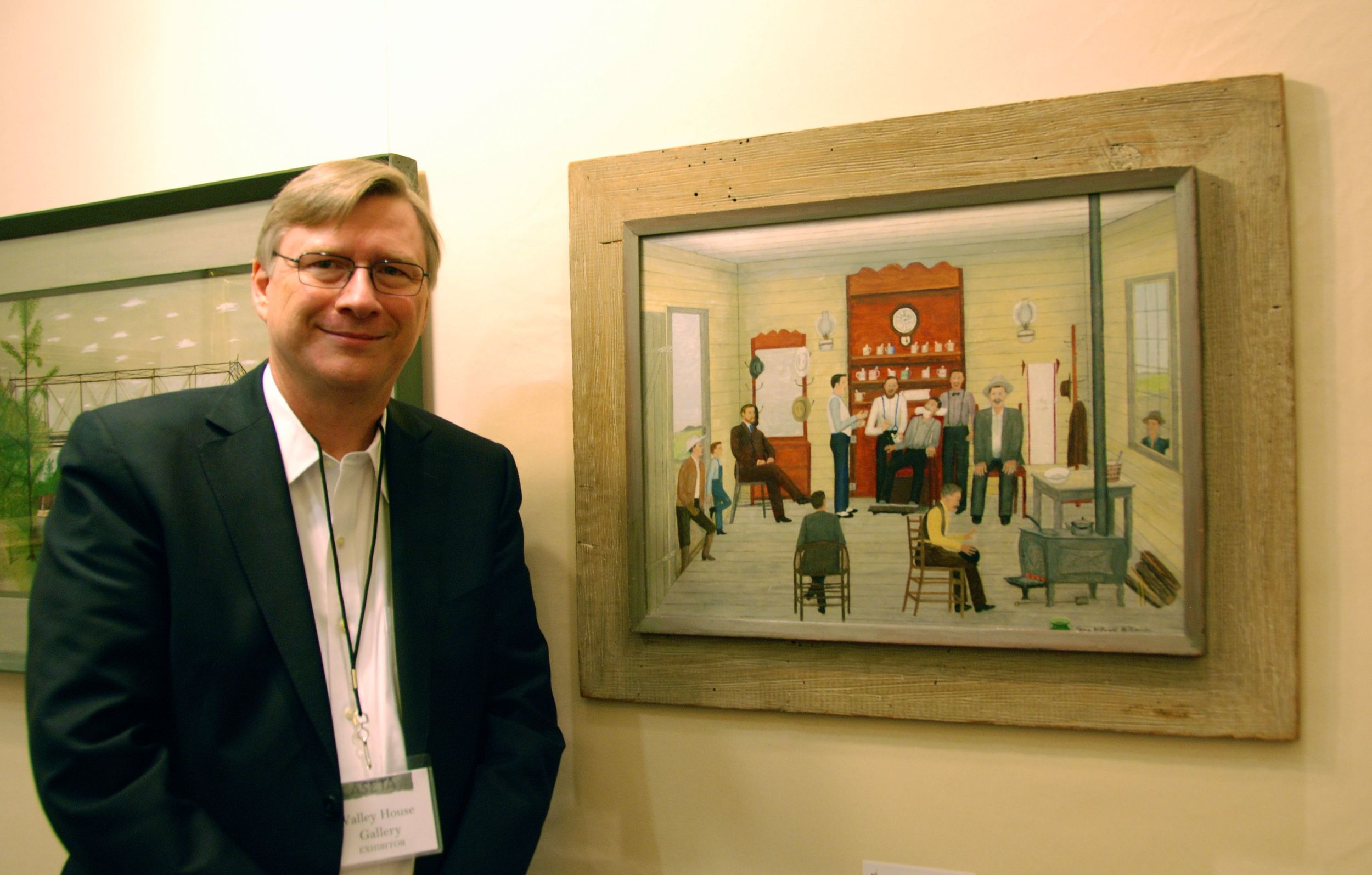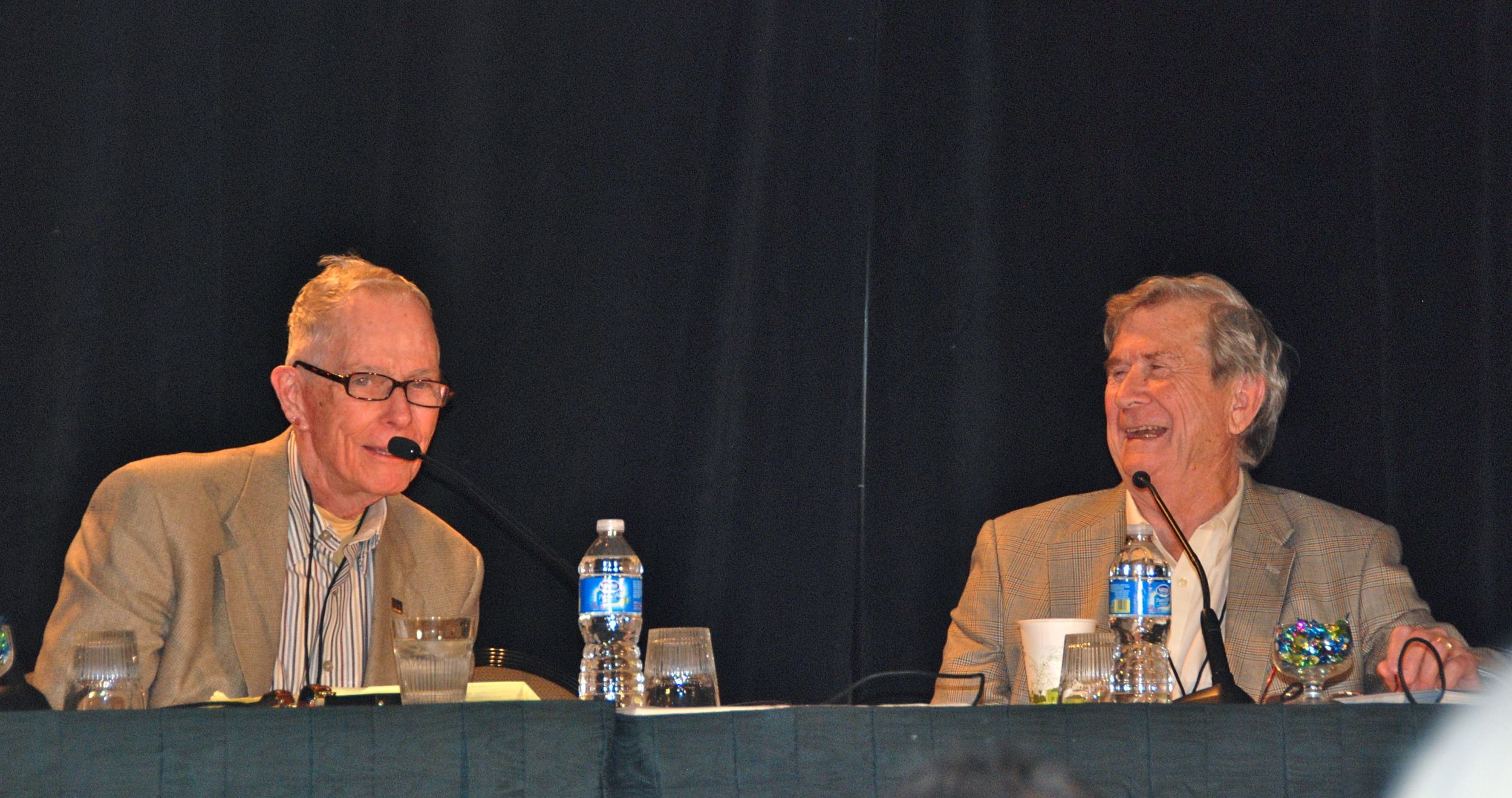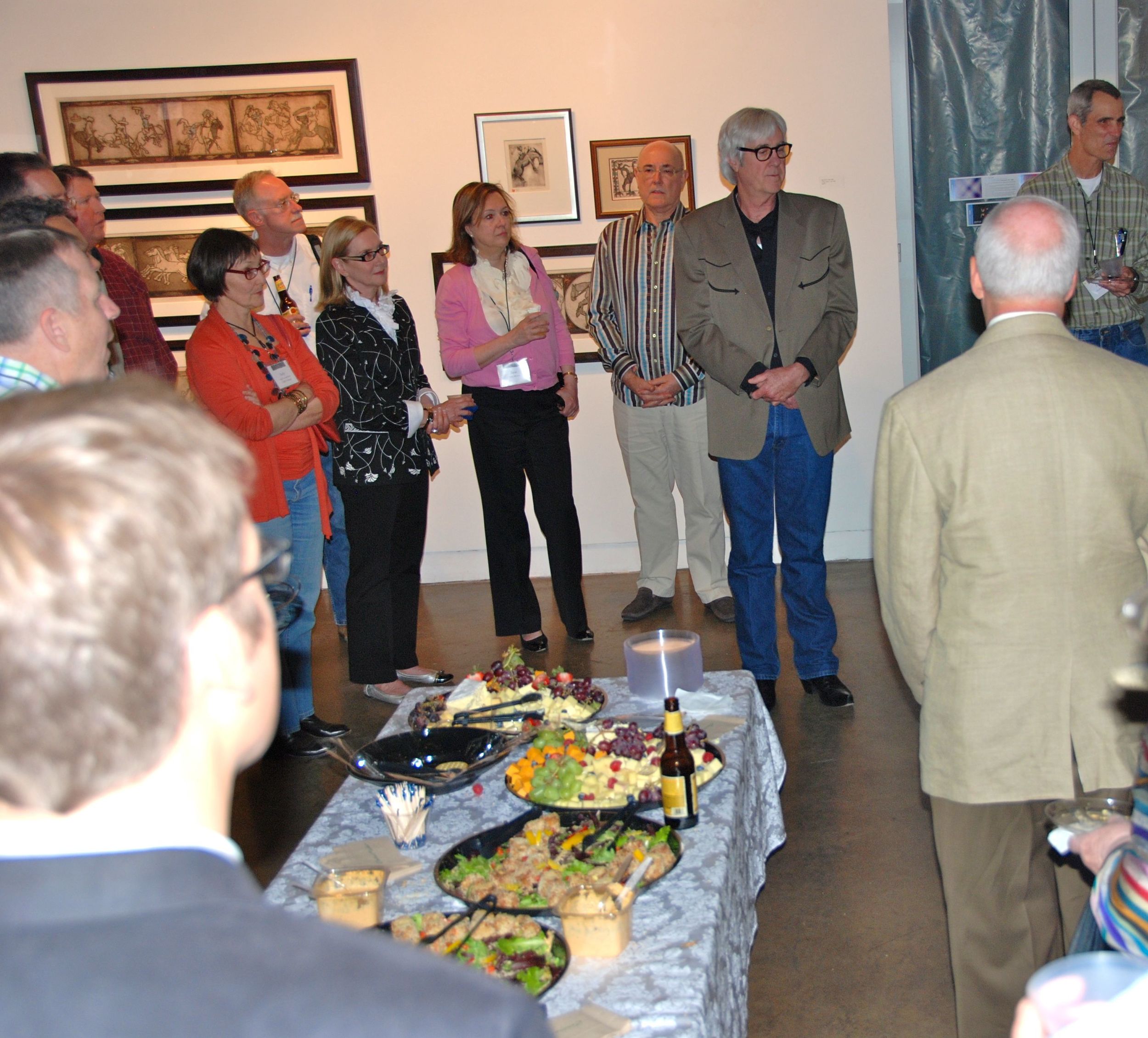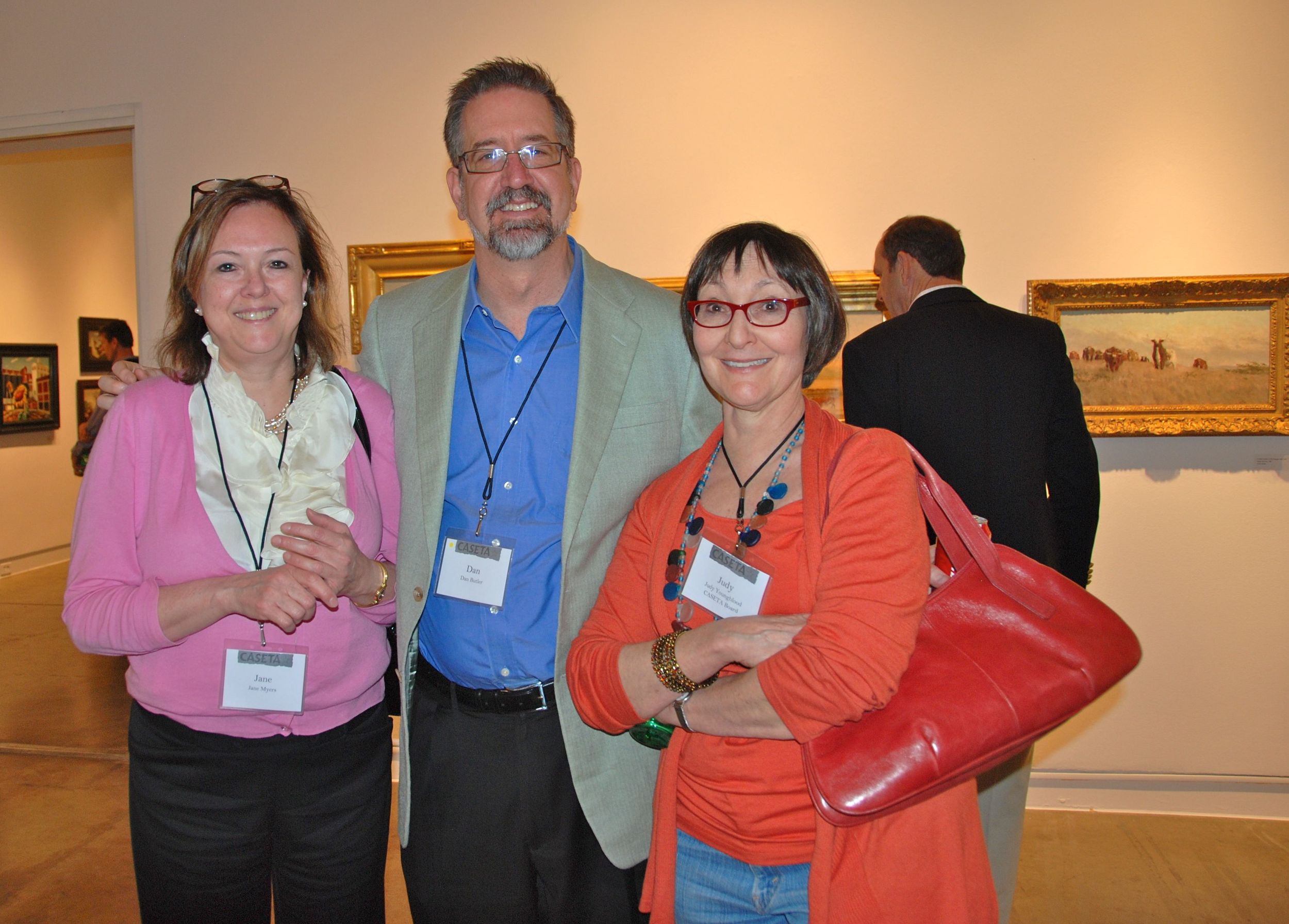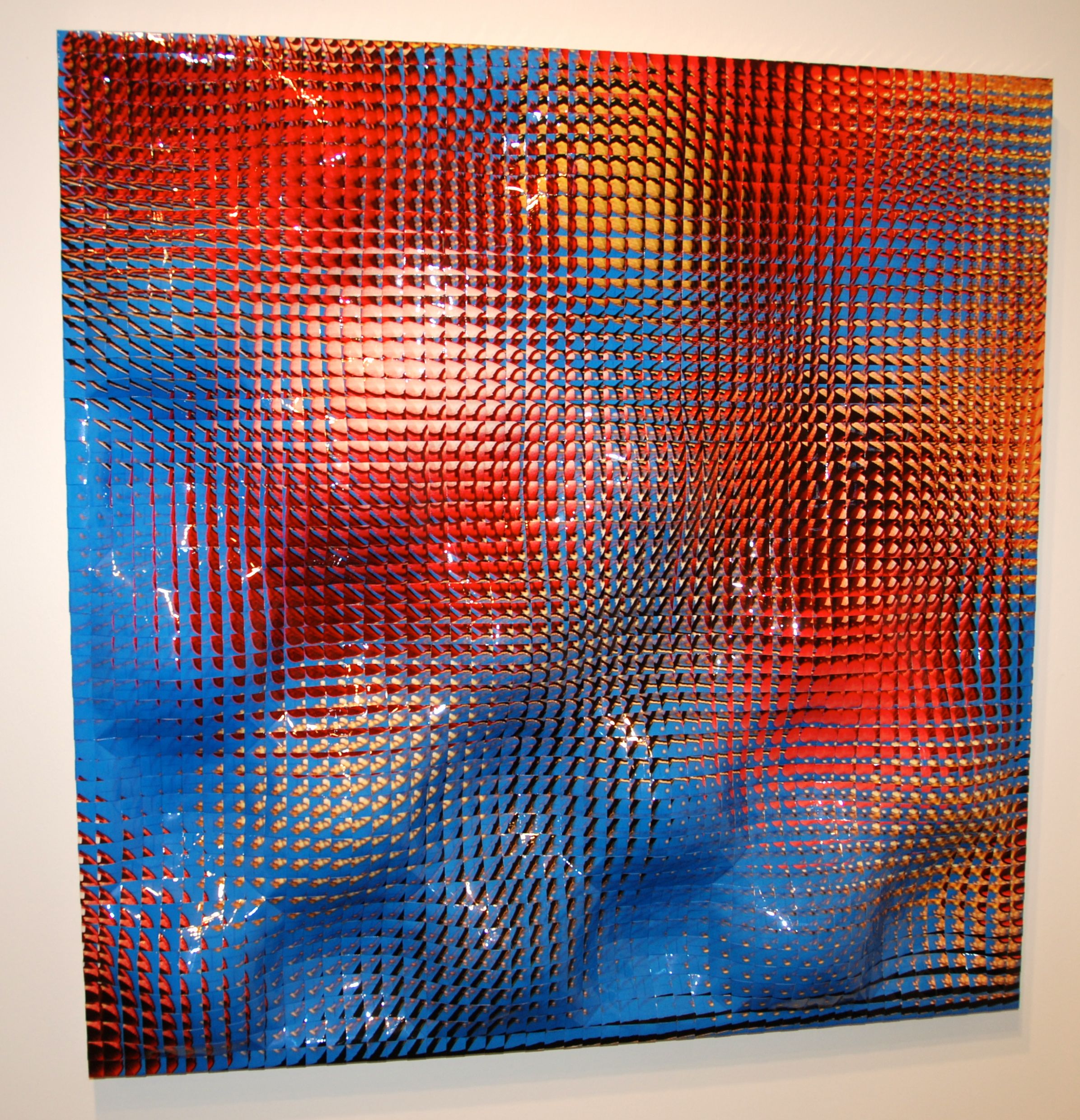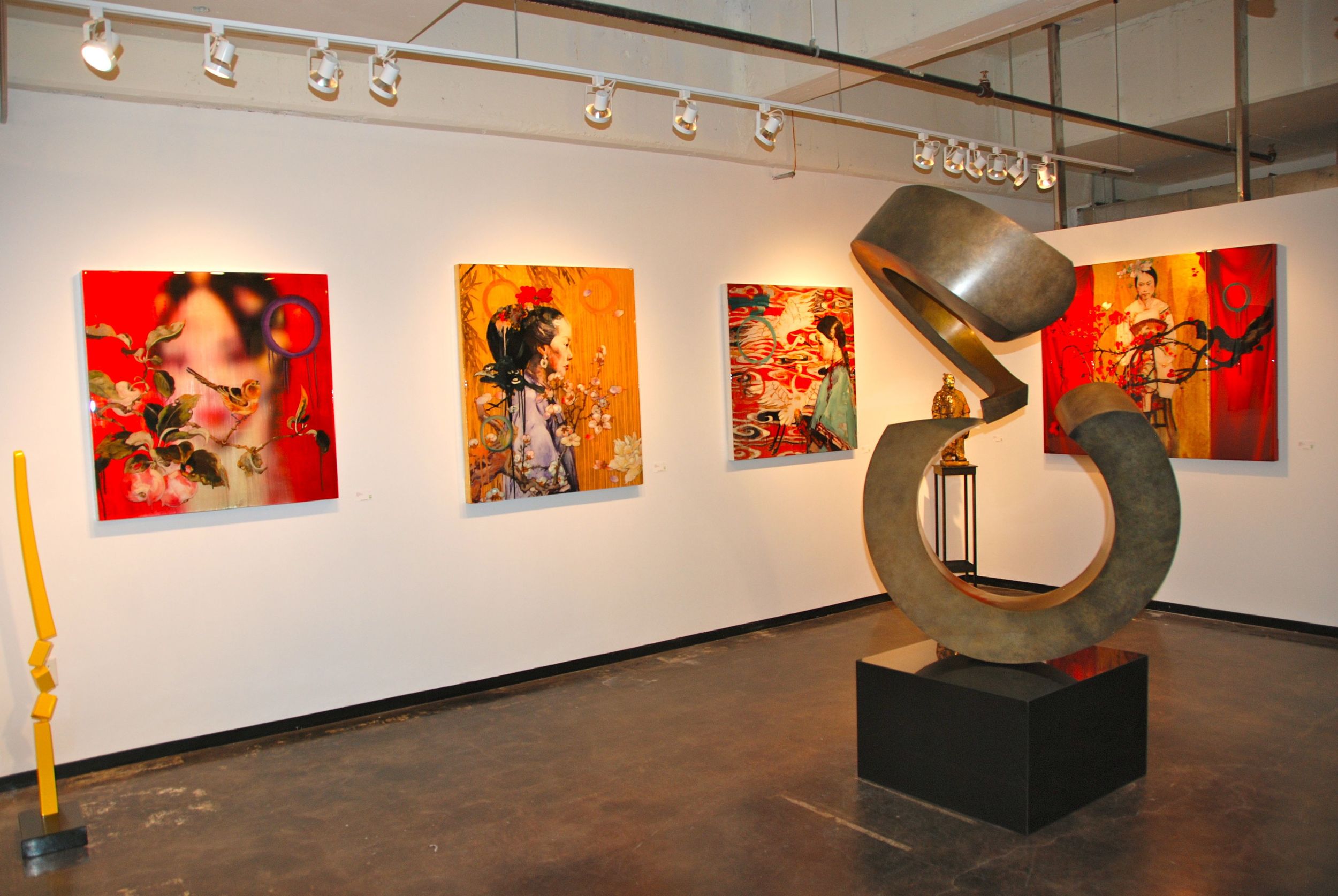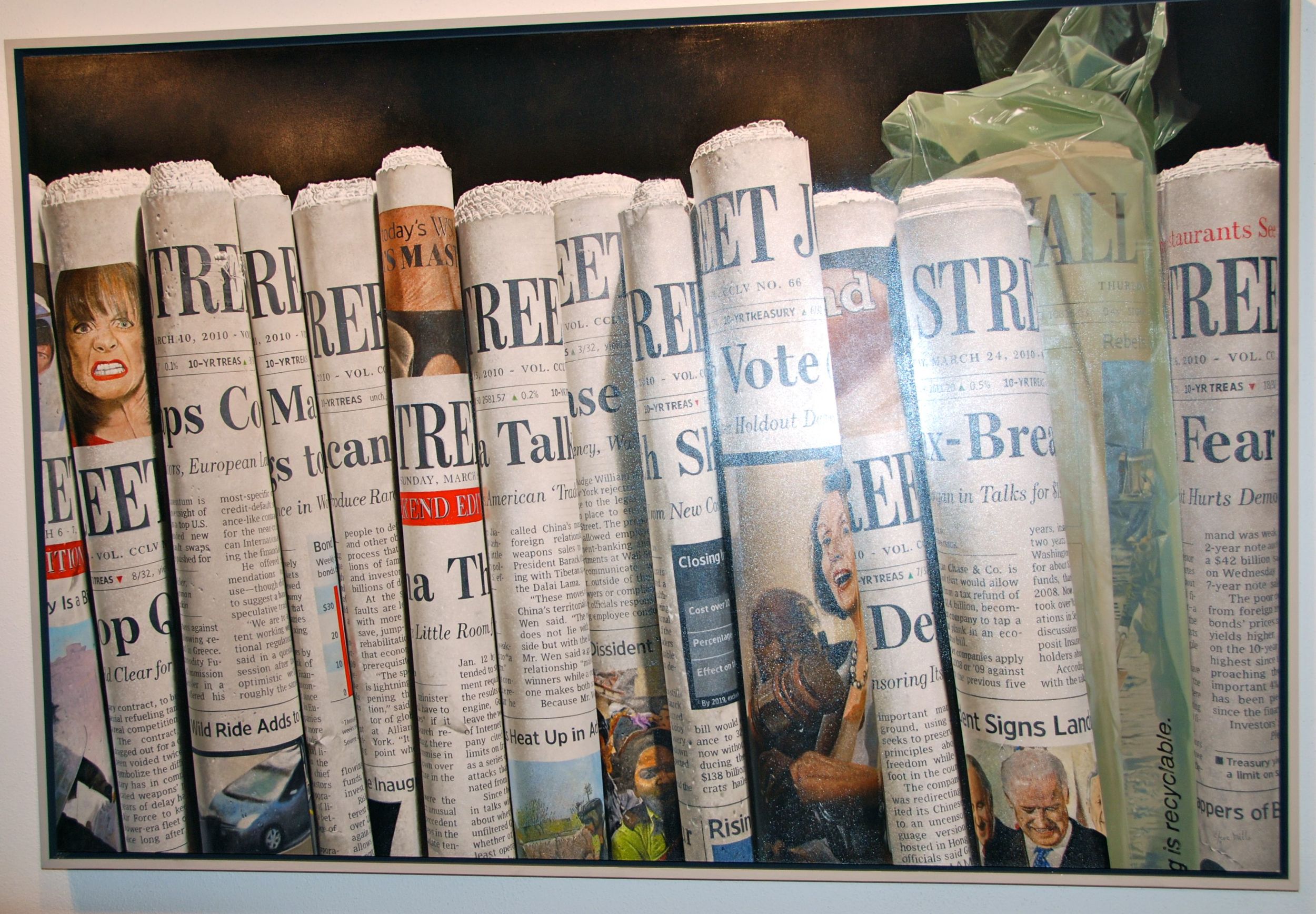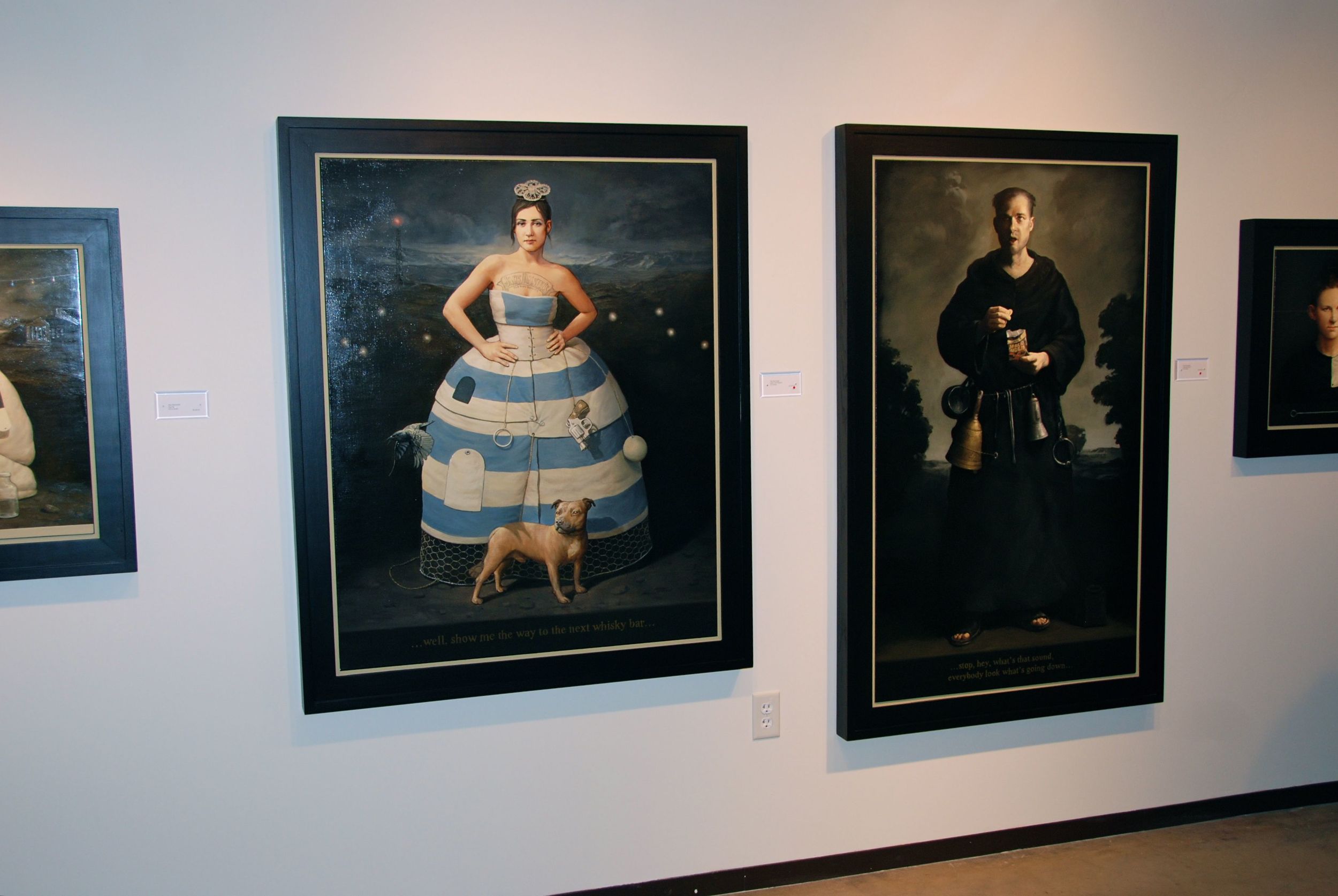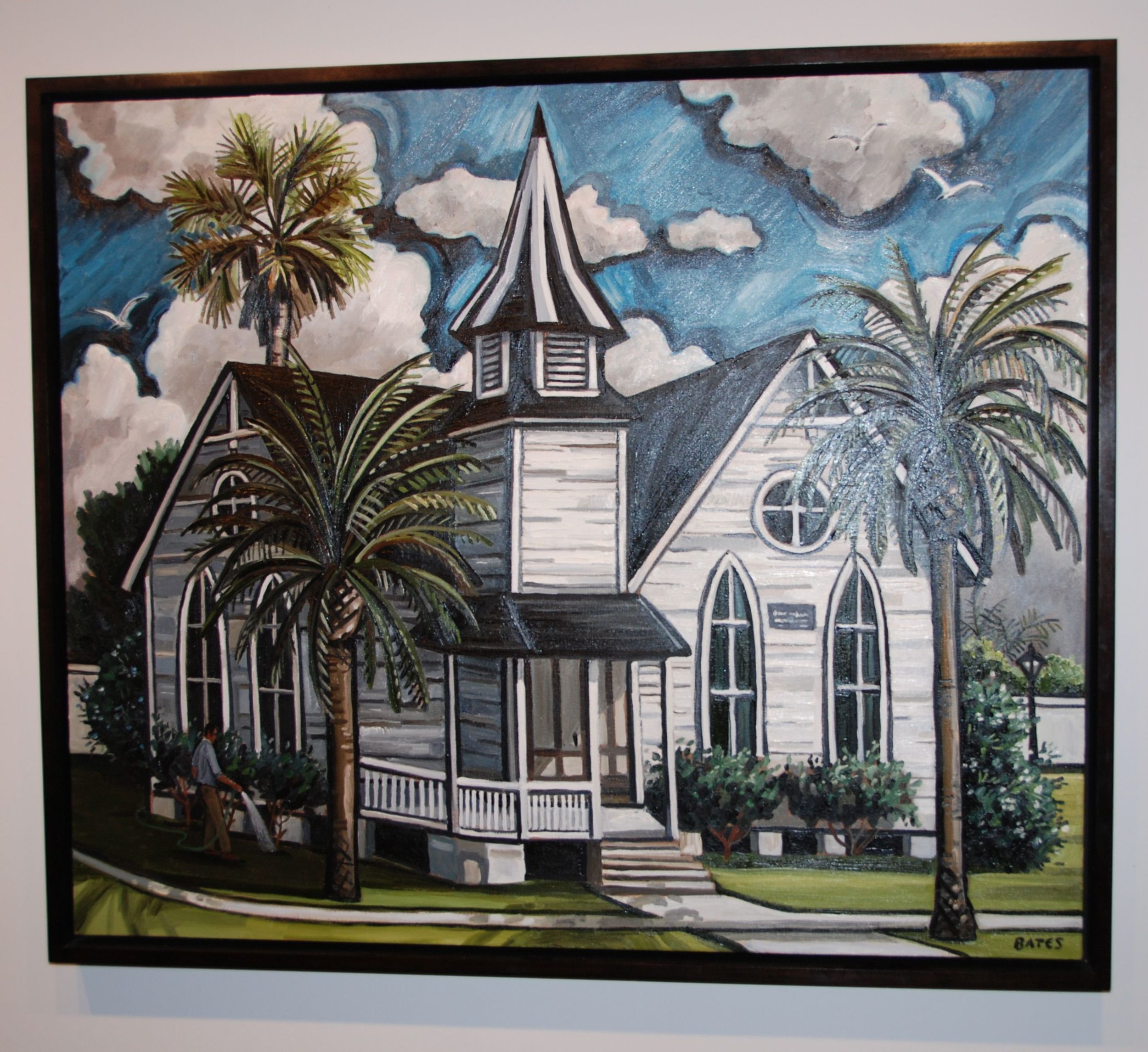CASETA is an acronym for the Center for the Advancement and Study of Early Texas Art. It is a nonprofit that was organized to promote interest in and good art historical investigations of artists who lived and worked in Texas in the early days of the state. It is notable that the subject of ‘Texas Art’ as an identifiable regional school is only a recent phenomenon. Until the mid-1980’s, the idea of amassing a collection of art specifically from Texas was the avocation of only a few Texas history buffs who gathered the art along with all other Texana materials. However, interest in the field has grown exponentially. There were three early dealers in Texas art. Valley House Gallery in Dallas had always supported local artists and shown them alongside international contemporary artists since the founder, Don Vogel, opened the doors in 1953. David Dike opened a gallery in Dallas in the early 1980’s specializing in Texas art. William Reaves opened in Houston about the same time. Having knowledgeable dealers drew collectors into this “new” field. Museums across Texas began to organize shows highlighting early Texas art. The publication of John and Deborah Powers’ Texas Painters, Sculptors and Graphic Artists added greatly to the art historical knowledge base. A small group of visionary, powerhouse collectors began teasing paintings out of the attics and storerooms of older living artists and heirs of artists’ estates.

My, how things have changed in thirty years! Now the field of Texas Art has matured to have a broad base of collectors and enthusiasts. There are many dealers and regular auctions focusing on the field. It is much harder to find bargains in Texas art, and the quality of things being shown and sold is much higher. CASETA has done its part over the years to further good connoisseurship. A CASETA seminar always includes a small art fair where dealers of Texas art can show their best pieces to a knowledgeable crowd. And, the speakers always include some of the foremost authorities on various individual Texas artists or movements within the field.
Kevin Vogel of Valley House Gallery-Dallas was the lead-off speaker this year. He spoke about three naïve artists whose paintings were done from memories of their lives growing up in small-town Texas; Clara McDonald Williamson (1875-1976), Harold Osman Kelly (1884-1955) and Velox Ward (1901-1994). Of course, each has their own personal style. But, they do have some common characteristics. They tend to create complicated vignettes that are amalgams of memories from their youth. They tend to do expansive images with a bird’s-eye-view of the events. None of the three had much formal training in art and none came to painting until late in life. Even though each grew up under rough economic circumstances and lived through some tough times, their work focused on the pleasant memories from their past. And, by virtue of the fact their paintings document some of the facets of life in early Texas that have died out over the years, each was somewhat of an inadvertent historian of Texas.
Michael Grauer, curator of the Panhandle Plains Historical Museum in Canyon, TX gave a talk that found similarities and differences between the French Impressionists and impressionists painters of Texas. He is working on an exhibition for April 2012 that will hang Texas impressionists’ paintings and consider where they fit in the wider view of art history. Dr. Katie Robinson Edwards, a professor of art history at Baylor University, spoke about Texas Modernism and how it fits within the wider scope of international modernist painters.
The afternoon included a brief awards ceremony recognizing those who have made ongoing contributions to the field of Texas art. There were some fitting tributes to those who have spent their personal and professional lives in the furtherance of art in Texas.
The highlight of the weekend seminar was Saturday evening’s event. This was a one-night-only showing of nearly ninety paintings and prints from the Albritton collection. Two huge galleries of the MAC (McKinney Aveney Contemporary) were hung with the BEST collection of Texas art I have ever seen. Like Onderdonks? There were five large paintings on one wall. Prefer Frank Reaugh? Three large oils of his longhorns and landscapes hung side-by-side. I believe most of those in attendance were gobsmacked at the quality and quantity of work beautifully hung for this one-night event.
My personal thanks must go to the Albritton family for their generosity in sharing their collection and to those who handled all the logistics of moving and installing these pieces only to pack them up and move them again after this opening. CASETA seminars are always memorable, but this one was remarkably so!
